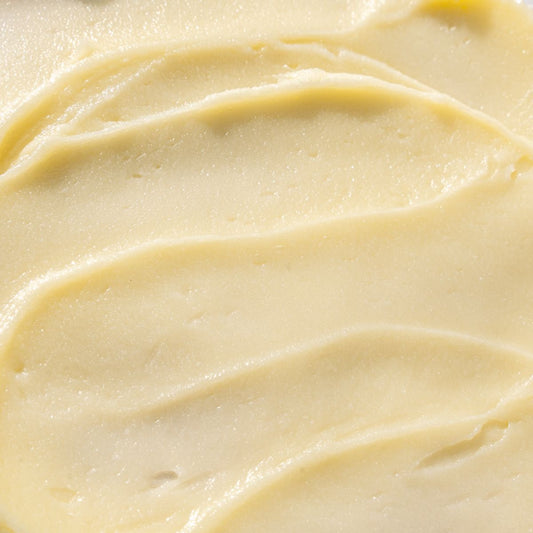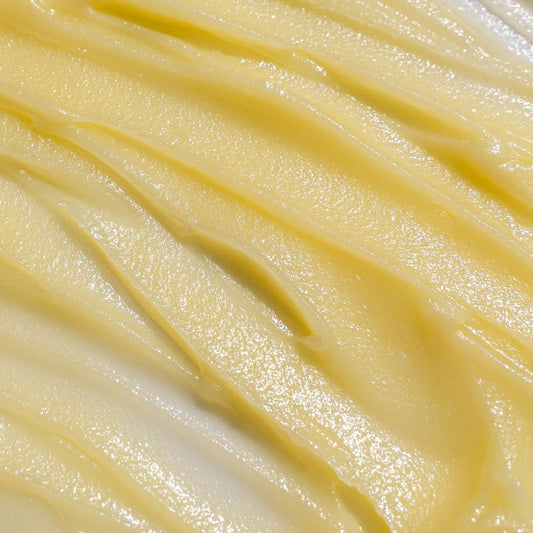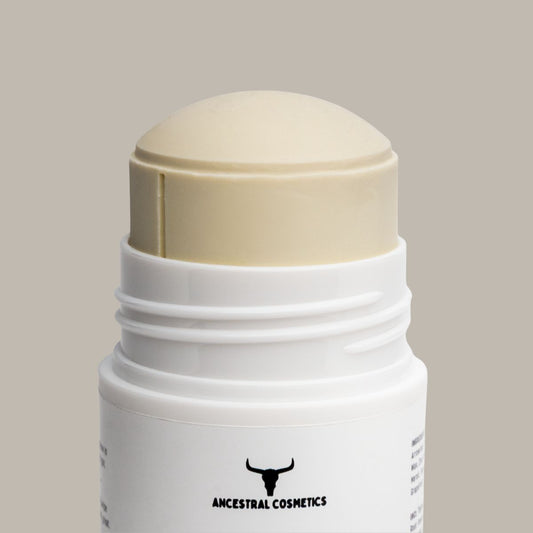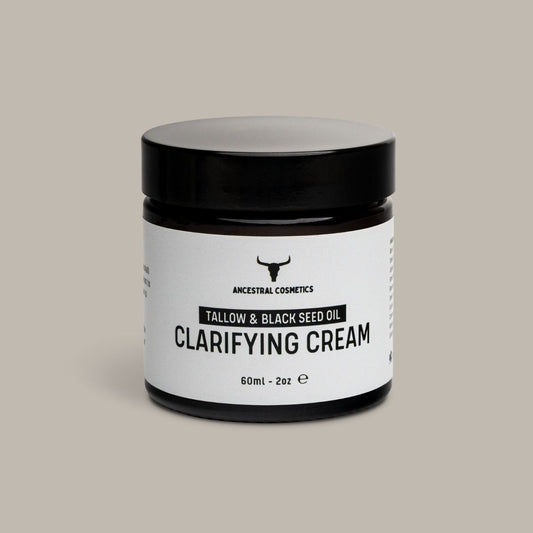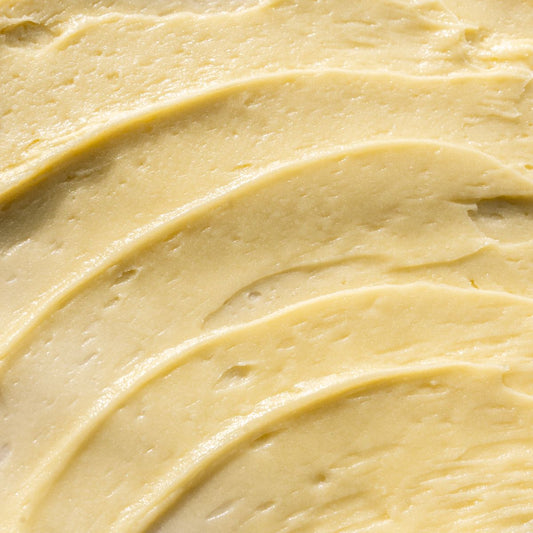Microplastics.
They’re not just something that floats in the oceans and kills fish.
They’re in your food, water clothes…
But did you know they put microplastics in your beauty products on purpose?
Let’s dive in.
Microplastics are found in everything around us. They come in many shapes, sizes and forms. All are tiny, invisible to the human eye and highly toxic.
The average human consumes anywhere from 39000 to 52000 pieces of microplastics in a year!
The research shows that microplastics can accumulate in your liver, lungs, spleen, kidney, and even your body fat.

Source: The Guardian
We come in contact with them by ingesting them (water, food) or breathing them in (microplastic dust). But what surprised me was that beauty brands purposely put microplastic beads into their products.
One study found that 50% of face wash products and 67% of facial scrubs contain microplastics!
Microplastics are also found in:
- makeup
- toothpastes
- sunscreens
- shaving creams
- lipsticks
- hairsprays
- nail paints
- face washes
- body scrubs
- lotions...
In the beauty world, they are often used as bulking agents - cheap fillers to make more of a bad product & increase the profit margins.
They are also used as:
- adhesives (nail paint)
- stabilizers
- gelling agents
- emulsifiers
- waterproofing agents (sunscreen or makeup)
- anti-static agents (hairspray)
It’s gone as far as many countries banning the use of microbeads in skincare products. FDA banned the use of microplastic beads in 2015 & many EU countries followed soon. But this ban is limited and does not eliminate all microplastics from our beauty products.
Plastic compounds are added to a variety of products to this day. They are combined with other ingredients such as silicone to serve a variety of purposes mentioned above.

Polyethylene
One of the most common types of plastic produced today. In skincare, it can be found in eyeliners, mascara, eye shadows, eyebrow pencils, lipsticks, face powders, foundations, and skin cleansers.

Acrylates Copolymer
When microplastics became a thing companies started removing the popular culprits such as Polyethylene, PET, PMMA and PVC from their products.
But in reality, they just replaced them with acrylates copolymer and other forms of plastic. It can now be found in 3 out of 10 beauty products.
In combination with other ingredients acrylates, copolymer can be found in 142 variations which are not banned from beauty products.

How to protect yourself?
So what can we do to limit the impact of microplastics?
Start with the obvious:
1. Avoid beauty products that come in plastic packaging.
Instead, opt for products in glass whenever you practically can. Use traditional soaps instead of shower gels & liquid soaps.
Use solid shampoo bars. Ditch your plastic toothbrush & use the bamboo one from natural (animal) bristle.

2. Avoid polyester and other synthetic materials in your clothing
Skin is your largest organ. It can absorb a variety of toxins such as BPA. So instead of polyester, nylon and other synthetic materials opt for natural fibres.
Wool, organic cotton, silk, cashmere, linen, and high-quality leather.

3. Read the ingredients list
It’s all about the ingredients. Avoid any product with acrylates copolymer, polyethylene, polypropylene, polyethylene terephthalate, polymethyl methacrylate, polylactic acid or nylon.
This has a limited impact as big companies try to hide these obvious ingredients by combining them with other stuff that looks better on a label.
So only use products with ingredients you can understand. If you don’t know what it is either research it or run.
Avoid products containing water whenever it’s not necessary.
Water helps with bacteria growth so toxic preservatives are often added to products containing water.
Some of the great natural ingredients are:
🐄 Beef tallow
Why you should use tallow based skincare?
🐝 Anything coming from bees like honey, beeswax or propolis
Everything bees make is a top notch cosmetics product
🫒 Olive oil
Olive oil - a magical cosmetics ingredient since ancient Greece
In summary:
- Plastic is everywhere
- Beauty brands put microplastics into our products on purpose
- Even after microplastic beads were banned big brands found a way to continue putting plastic in their products
- Polyethylene & acrylates copolymer are the most common types of plastic
To protect yourself:
- Avoid products in plastic packaging
- Avoid polyester & other synthetic materials
- Read the ingredients list. Download Beat the Microbead app to check your beauty products for ingredients containing microplastics.
- Use truly natural products without plastic. Check some of our bestsellrs below.



